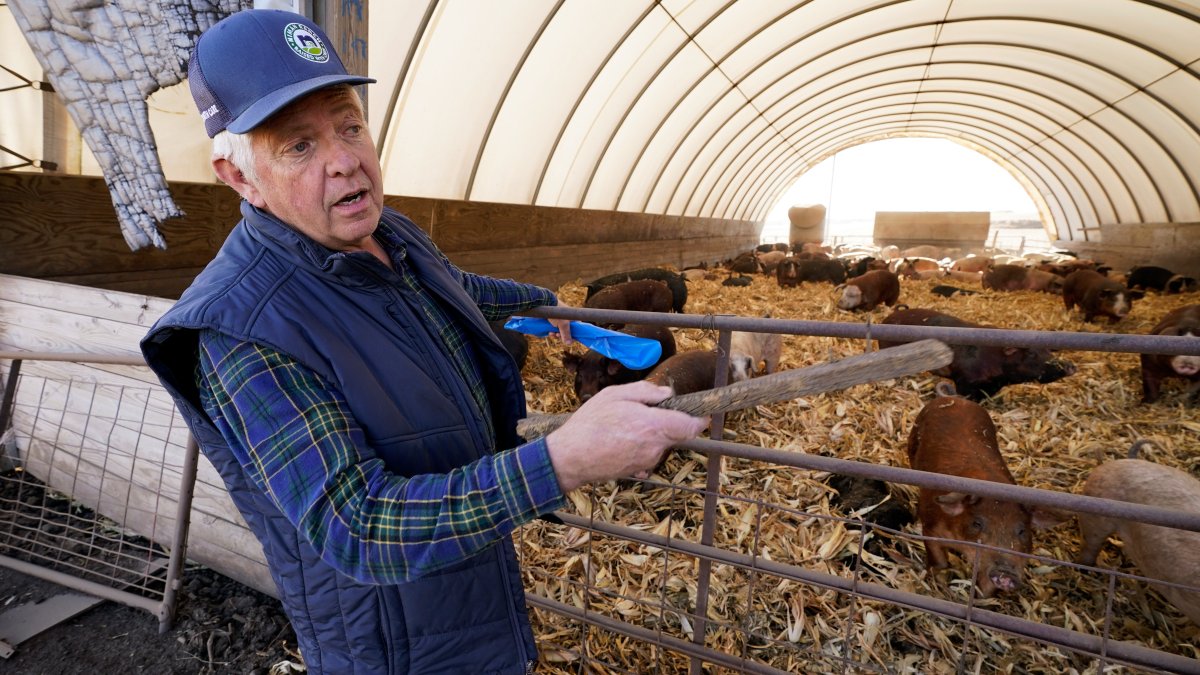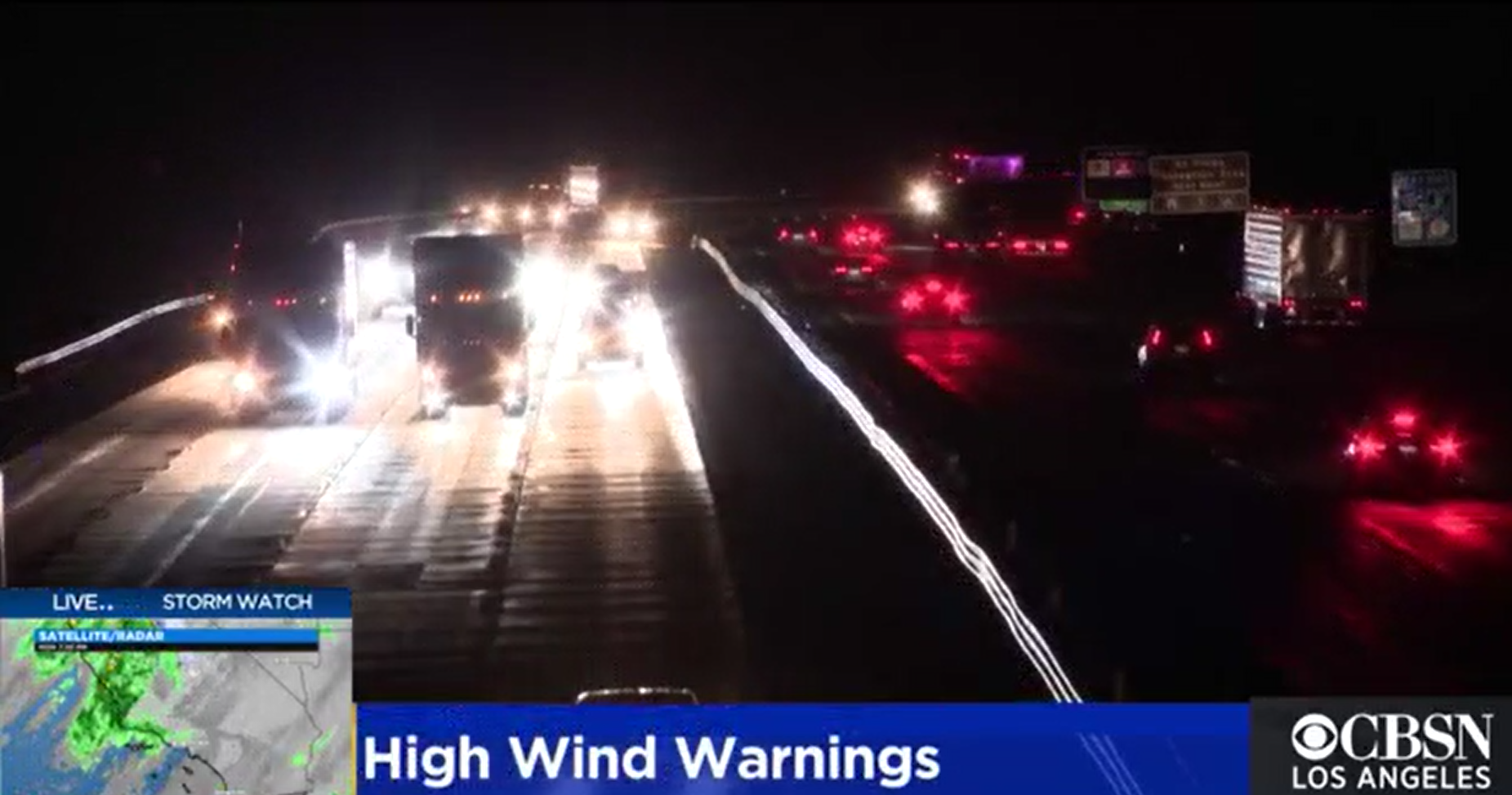There’s a glimmer of hope for the disappearing orange and black western monarch butterflies.
The wintering inhabitants on California’s central coast is recovering after the inhabitants, the presence of which is usually a superb indicator of ecosystem well being, hit an all-time low final yr. Consultants attribute their decline to local weather change, habitat destruction, and lack of meals from drought.
An annual winter census by the Xerces Society final yr recorded fewer than 2,000 butterflies, a large lower from the tens of 1000’s counted in recent times and the tens of millions that may be present in timber from Mendocino County, northern California to southern Baja California, Mexico within the US, collected Nineteen Eighties. At this time their roosts are primarily targeting the central California coast.
This yr’s official census began on Saturday and can take three weeks, however an unofficial census by researchers and volunteers already exhibits that there are over 50,000 monarchs in wintering areas, mentioned Sarina Jepsen, director of endangered species on the Xerces Society for Invertebrate Conservation.
“That is actually not a restoration, however we’re actually optimistic and simply actually blissful that there are monarchs right here, and that offers us a while to work in the direction of a restoration in western monarchic migration,” mentioned Jepsen.
Western monarch butterflies migrate from the Pacific Northwest to California each winter, returning to the identical locations and even the identical timber, the place they collect to maintain heat. The monarchs usually arrive in California in early November and unfold throughout the nation as soon as the climate warms up in March.
Monarchs from all around the west transfer to round 100 winter quarters on the Pacific coast of central California yearly. Probably the most well-known wintering spots is the Monarch Grove Sanctuary, an on-site property within the coastal city of Pacific Grove, the place monarch butterflies didn’t present up final yr.
Town, 70 miles south of San Francisco, has labored for years to assist the monarch’s shrinking inhabitants. Generally known as “Butterfly City, USA”, town celebrates the orange and black butterfly with a parade each October. Fucking a monarch is against the law that comes with a $ 1,000 tremendous.
“I can not bear in mind having such a nasty yr earlier than and I believed they have been completed. They have been gone. They are going to by no means return and this yr, Increase, they landed, ”mentioned Moe Ammar, president of Pacific Grove’s Chamber of Commerce.
This yr, a preliminary census confirmed that greater than 13,000 monarchs have arrived on the Monterey County website, gathered on pine, cypress, and eucalyptus timber, giving hope to the grove’s volunteers and guests that the combating bugs will get well can.
Scientists do not know why the inhabitants elevated this yr, however Jepsen mentioned it was probably a mix of things, together with higher situations of their breeding areas.
“Local weather elements might have influenced the inhabitants. We might have had an inflow of monarchs from the japanese US, which may occur occasionally, but it surely’s undecided why the inhabitants is what it’s this yr, ”she mentioned.
Japanese monarch butterflies journey 1000’s of kilometers from southern Canada and the northeastern United States to spend the winter in central Mexico. Scientists estimate that the monarch inhabitants within the japanese US has decreased by about 80% for the reason that mid-Nineteen Nineties, however the decline within the western US has been even steeper.
The inhabitants of western monarch butterflies has declined greater than 99% from the tens of millions that wintered in California within the Nineteen Eighties as their milkweed habitat was destroyed alongside their migratory route as habitation expanded of their territory and the usage of pesticides and herbicides elevated.
Researchers have additionally recognized the results of local weather change. Together with agriculture, local weather change is a significant contributor to the monarch’s impending extinction, disrupting an annual migration of 4,000 miles (4,828 kilometers) in sync with spring and the blooming of wildflowers.
“California has suffered a drought for a number of years and so they want springs of nectar to fill their bellies, be lively and survive,” mentioned Stephanie Turcotte Edenholm, lecturer on the Pacific Grove Pure Historical past Museum, of the excursions of “When We Do not Have Nectar Springs and do not have water to care for it, that is an issue. “
Monarch butterflies haven’t any state and federal authorized safety to stop their habitat from being destroyed or degraded. They have been denied federal safety final yr, however the bugs at the moment are among the many candidates for itemizing below the federal regulation on endangered species.














